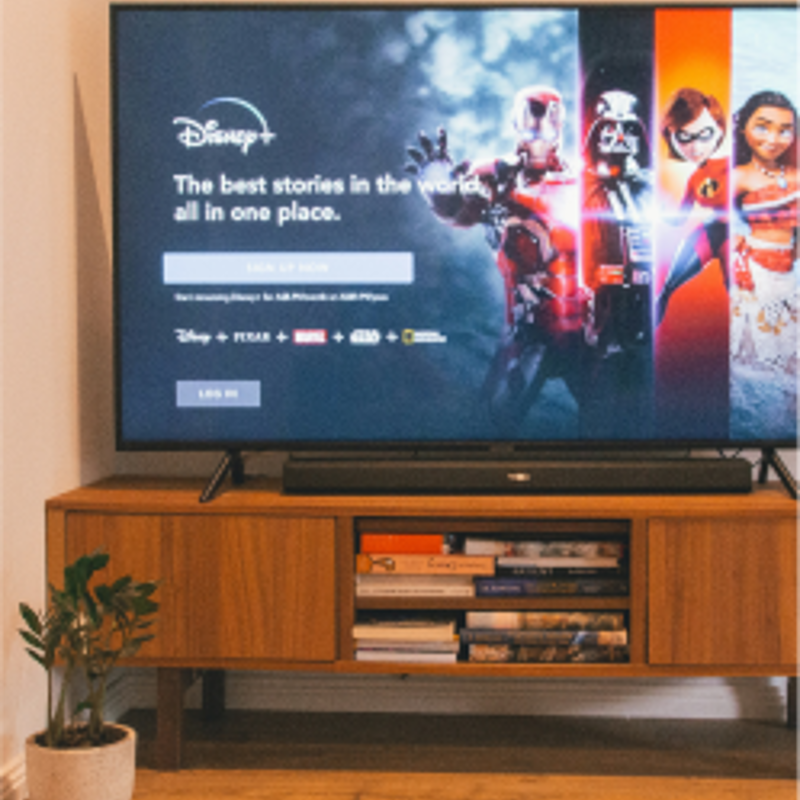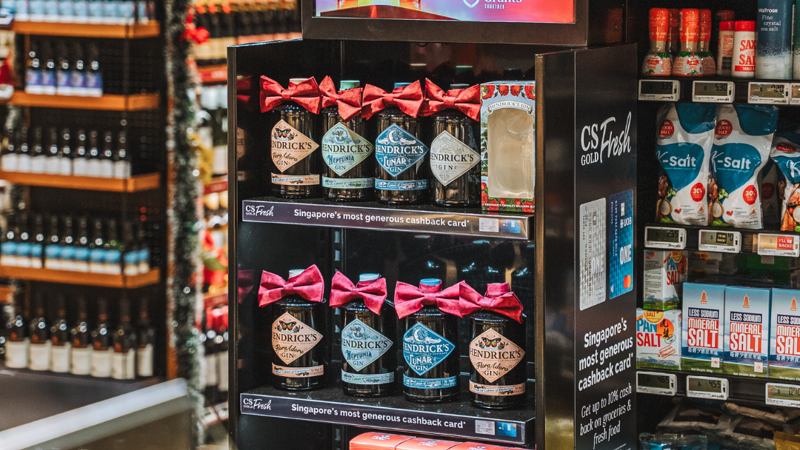A brand activation is a campaign that creates interactive experiences, helping brands connect with audiences, build loyalty, and turn awareness into measurable action.
What is Brand Activation?
And how brands can maximise the opportunity.
In 2025, successful marketing’s no longer just about blasting your message out into the marketplace.
Being in front of consumers doesn’t guarantee growth and brand loyalty. Shoppers expect more than passive exposure to a logo or tagline, they want brands to provide an experience; creating moments, memories, and sparking genuine connections.
That’s where brand activation comes in. It’s the difference between being seen and being remembered.
In this article, we’ll define what brand activation really means, explore why it’s become a critical growth lever for brands, and share easy steps to maximise its potential.
What is Brand Activation?
To truly understand how to guarantee success from brand activation, knowing its core purpose is key. Brand activations are one-off experiences and interactions that create lasting connections with customers.
Unlike advertising in the traditional sense, which focuses on the mass roll-out of messaging and campaigns at scale, brand activations invite consumers to engage, interact, and ultimately, change their behaviour.
In shaping the consumer’s experience rather than just being a fleeting acknowledgement, brands create stronger customer relationships. Brand activations help to cut through and connect, turning attention into action.
How does Brand Activation work?
Strategic Planning
Effective brand activations need clear objectives. Determining the desired consumer behaviour(s) is critical to measure whether the activation is successful. Is the purpose of engagement to build brand awareness, drive loyalty, or deliver immediate sales?
Understanding your audience is also key. Defining their motivations, pain points, and expectations ensures the activations land and resonate. What is the feeling that the brand needs to drive in order to trigger the desired audience response?
Creative Execution
Brand activations can be diverse, both in scale and format. Consider the difference between in-store displays and on-trade campaigns, experiential events, pop-ups and omnichannel digital and physical journeys. However, the core objective remains constant; making a personal and meaningful connection with the consumer.
What makes the brand activation a talking point? What makes it memorable? Crucially when executing, are the identified motivators of the consumer being triggered by the creativity of the activation?
Results & Analysis
Establishing up-front which metrics will determine success is critical to determining success. Capturing data points like an uplift in awareness, engagement rates, and ROI demonstrate the effectiveness of the activation. Insights including both quantitative data points and qualitative feedback inform and optimise future marketing activities.
Whilst the diversity of activations can pose challenges for measurement, technology and innovative retail solutions enable advanced data capture and results.
One growing trend supporting brand activations is Retail Media, which offers depth of insight, in real time, whilst increasing engagement.
Why is Brand Activation Important?
It builds trust and loyalty. Brand activations demonstrate a brand’s values in action and show customers where the brand will engage with them in real-life, to establish deeper connections.
It strengthens brand image. There is no better opportunity for brands to showcase their creativity and unique identity.
It generates ROI. Technology makes activations more measurable than ever, and linking customer behaviour to sales through an experience, increases the likelihood not only of conversion, but retention.
Types of Brand Activation
Experiential marketing including events, temporary pop-ups, immersive and multi-sensory experiences.
Product sampling/trials often in the form of giveaways or samples from pop-ups or events, as well as merchandise and gift-with-purchase.
Sponsorship activations where locations such as sporting events, concerts, festivals and seasonal holidays are used to amplify brand presence.
What makes a successful Brand Activation?
The key to successful brand activations is not just gaining customer attention and engagement, but creating and building loyalty from a memorable brand experience.
A customer-first approach is key. If the brand was the customer, would they benefit from the desired outcome of the activation?
Allowing customers to direct the entire activation purpose is an even stronger strategic approach – and effective way to do this.
Maximising the Opportunity
Brands need to focus on a few strategic pillars at the centre of the brand activation, in order to maximise the ROI of the brand activation:
- Put storytelling and content at the heart of the experience
- Harness technology to measure wherever possible – and use this to pivot and adapt
- Blend online and offline touchpoints to create a connected journey
- Connect with expert partners (like adm Indicia) who combine research and insight, creativity and innovation, and global streamlined execution to bring brand activations to life
At adm Indicia, we combine insight, creativity and execution to help brands bring activations to life. From research to delivery, we ensure every campaign connects and performs.
Examples of Impactful Brand Activations
Aperol’s Aperidisco: A joyful, multi-sensory campaign combining music, food, yoga, and merch - showing how experiential activations should capture cultural relevance alongside embodying brand values for maximum effectiveness.
Stella Artois at Wimbledon: By combining sponsorship with lifestyle-driven merch, retail tie-ins, and capitalising on the power of virality and shareability, Stella ensured their brand remained central to the event, building brand memorability beyond just a named sponsor.
PerfectTed and Oatly ‘Matcha Made Easy’: Highlighting the power of collaboration, these brands leveraged consumer data to ensure a trending product resonated with new audiences, through using activation to deliver a story (how to make the perfect Matcha)
Conclusion
In a landscape where consumers demand more than messaging, Brand Activation is the bridge between awareness and advocacy. It builds trust, delivers measurable returns, and creates lasting brand memories.
Key takeaways:
- Advertising alone won’t cut it in 2025.
- Activation transforms brand equity into lived experience.
- Success lies in strategy, creativity, and measurement.
- Content and storytelling drive deeper connections.
- Blending online and offline touchpoints maximises impact.
At adm Indicia, we help brands bring their story to life, ensuring every activation creates impact and drives results.



















